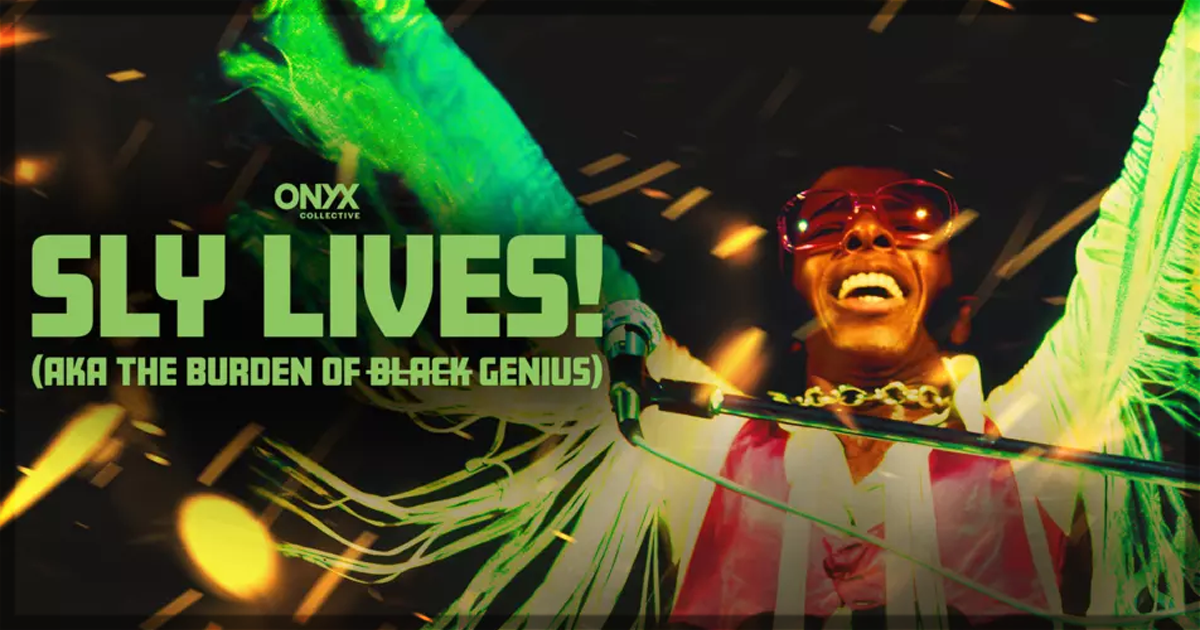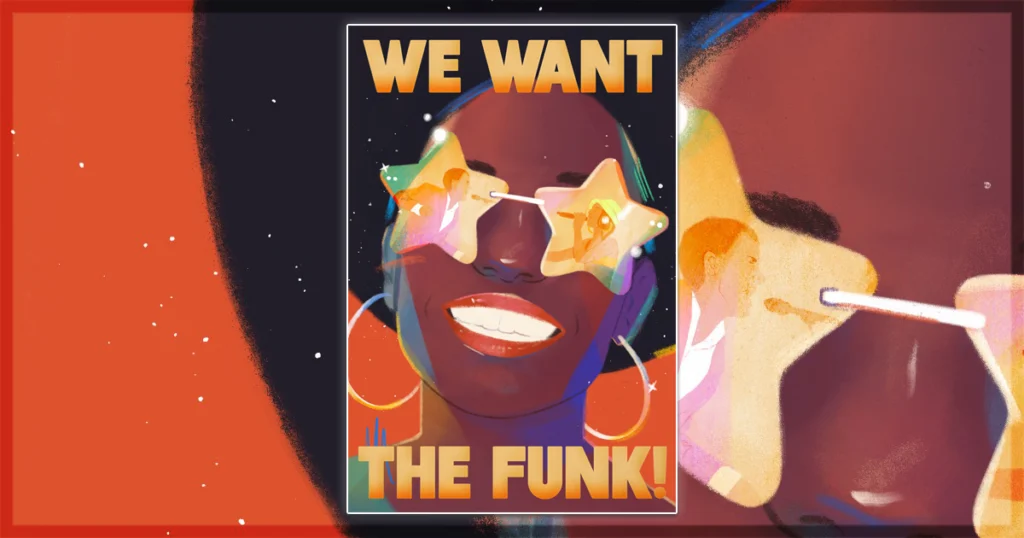Ahmir ‘Questlove’ Thompson returns to the directing chair with SLY LIVES! (aka The Burden of Black Genius). He became a legend in the music industry with the iconic hip-hop group The Roots. Alongside Black Thought and company, the group achieved critical success with their albums and popularized jazz rap within the boom-bap instrumentals of the genre. Besides being the support band of Jimmy Fallon on The Tonight Show for NBC, Questlove goes beyond the typical drummer and is a researcher of Black music. In 2021, his debut film, Summer of Soul (or When the Revolution Could Not Be Televised), became the highest sales value for a documentary at the Sundance Film Festival. Searchlight Pictures and Hulu acquired it for 12 million.
Furthermore, the film won Best Documentary Feature at the 94th Academy Awards. In his sophomore effort, again for Hulu, the musician analyzes the burden of being a black genius. In SLY LIVES! (aka The Burden of Black Genius), he points his camera at the 1960s pioneer, Sly Stone. Sly is a man who changed the limits of a black band with his Sly & The Family Stone. Questlove tries to understand the weight on the artist’s shoulders in an era of segregation and severe violence against the Black community. The difference between the approaches in it and Summer of Soul is apparent in the introduction. The latest leaned heavily on its archival footage to tell the story of a festival shadowed by the Woodstock Festival. In his second work, Thompson combines interviews with former Sly & The Family Stone members, archival material, and conversations with legends like D’Angelo and André 3000. He constantly shifts the focus from Sly’s career to the societal challenges of being a successful Black man in the United States. The director establishes how Sly got to be the first artist to dialogue with black and white audiences simultaneously and how it affected his life.
In this sense, Questlove organizes his documentary chronologically and comments on the trajectory with members’ anecdotes. An aspect influencing his artistic choice is Sly’s reclusion and the fact that he does not grant an interview for the film. In this sense, the backstage vision of those stories is of who was living them with the frontman. We have agents, other artists, and the musicians in the band commenting on the meteoric trajectory of the group. Inherent to the film, Thompson uses the 1960s political context to reflect on how music would be a distraction for society. The death of Martin Luther King Jr., JFK, the civil rights movement, and the contempt for the engagement of the country in Vietnam were responsible for several artistic currents of counter-culture. The Hippies movement, the psychedelia, and the experimentation in rock music allowed Sly to confront the norms with his band. The Family Stone would mix men, women, black, and white in its formation. A characteristic that would influence icons like Prince in the 1980s to invent with his band formation.
Besides the lengthy duration due to the format, once the mix of archive and interview drags the rhythm of the musical excerpts. The film hits its most outstanding points when Questlove questions why it is hard to be a black artist. Why is the burden heavier for the colored musicians? The conversations with D’Angelo and André 3000 clarify their feelings towards the problem. There is a constant sense of abandoning your hood and having to support your community through the rest of your life; otherwise, you are ungrateful. The reasoning and discussion about it, especially analyzing how the burden led Sly to a complex relationship with substances and flawed relationships, makes it more than a biographical music documentary. It becomes an understanding of what it means to be a black musician in America and how the pressure is greater.
Balancing the Sly story and the nuanced conversation about fame and the black community. Questlove and his editor, Joshua L. Pearson, re-team after his BAFTA-nominated editing work for Summer of Soul to create a montage that benefits the music archival. The use of the Ed Sullivan Band performance in 1968 is impressive and expands on the grandiose aspect of that band. Even though there is a downgrade in the quality of the editing work compared to their first film, Pearson delivers again engaging pieces of past performances and a central interview of Sly that is the base of the film. Additionally, Laura Merians Goncalves drives a fascinating differentiation of the interviews with the contrasts of blue and red backgrounds in the talking-heads conversations. It adds more personality to a conventional element of the documentary format.
In an analysis of what it means to be a successful black artist in America, Questlove uses his confrontations and doubts to create a film that is more than just a portrayal of an artist and his band. He emphatically dives into Sly’s drug problems and the destructive part of the fame. But he does it through a respectful journey that questions the societal expectations of the black community and how Sly and the Family Stone suffered from it.
Sly Lives! (aka the Burden of Black Genius) is now streaming on Disney+.
Learn more about the documentary, including how to watch, at the official site for the title.


